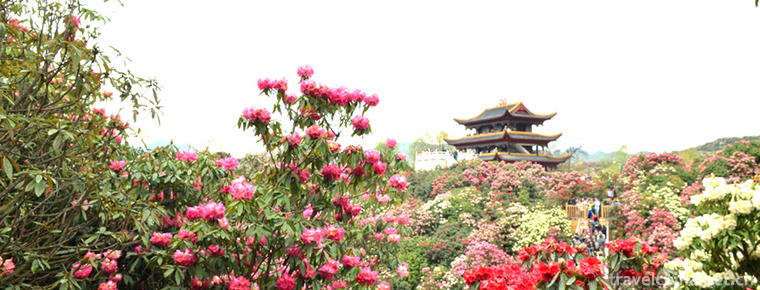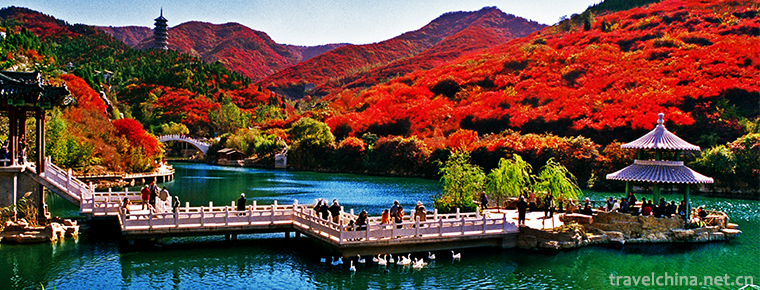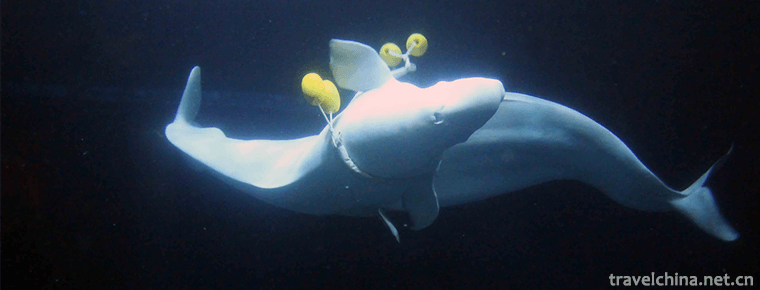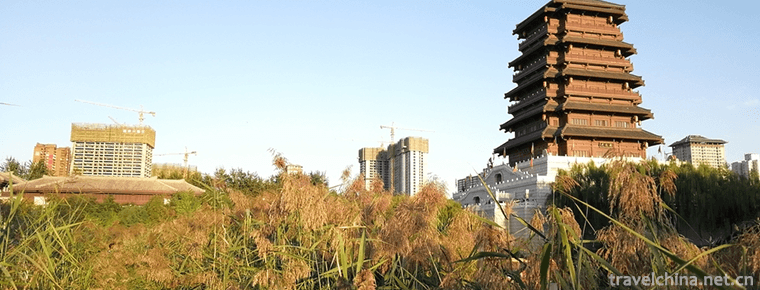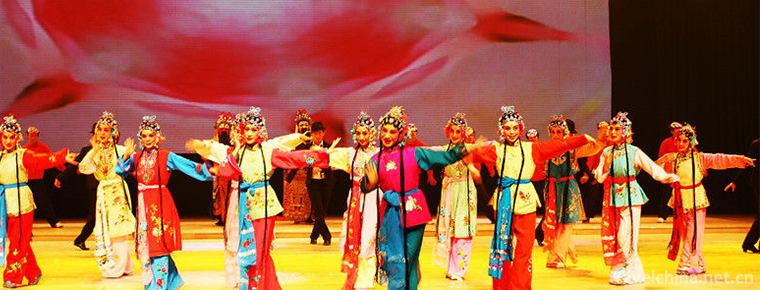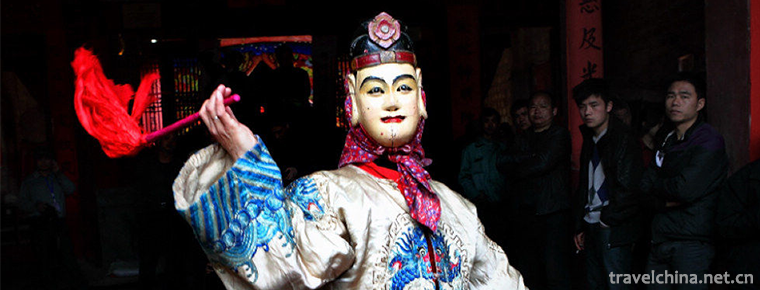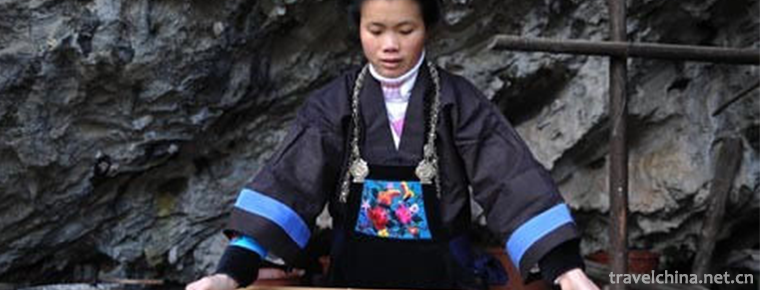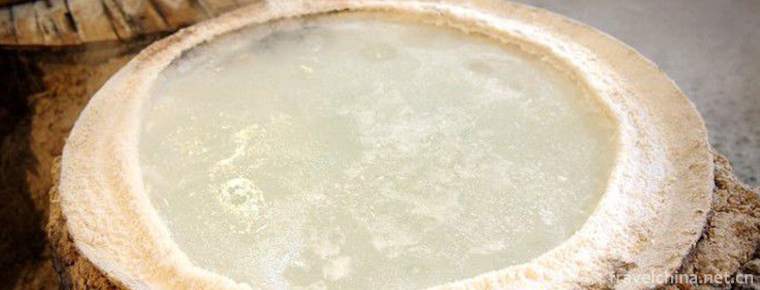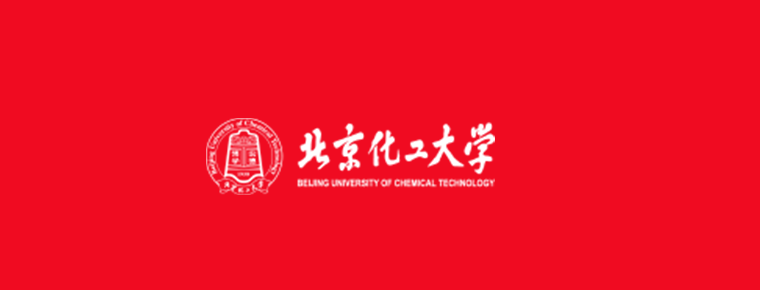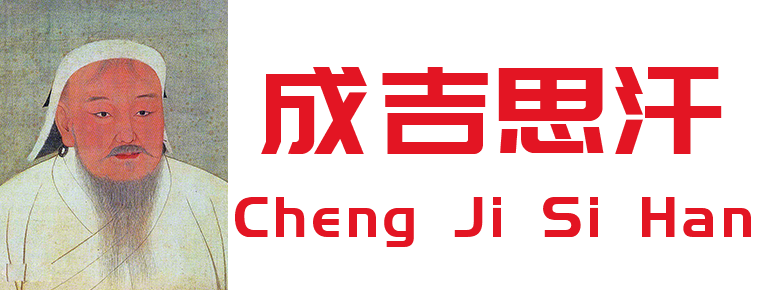Guyuan Museum
Guyuan Museum
Guyuan Museum of Ningxia was established on December 30, 1983. It belongs to the Cultural Office of Ningxia Autonomous Region. It is located at No. 133 Xicheng Road, Guyuan City, southern mountain area of Ningxia. It is a comprehensive provincial museum integrating collection, scientific research, exhibition, publicity and education of historical and cultural relics. It is a national key Museum and a state-level risk unit. In 1997, it was awarded the "National Patriotic Education Base" by the Ministry of Propaganda; in 2008, it was awarded the national first-level museum; in 2009, it was awarded the title of "National Civilization Unit" by the Central Steering Committee for the Construction of Spiritual Civilization. At the same time, Ningxia Guyuan Museum is also a national tourist attraction of 4A.
October 2018, named 2018 "National Practical Education Base for Primary and Secondary School Students".
Pavilion size
Guyuan Museum of Ningxia is a comprehensive provincial museum mainly collecting historical relics. It covers an area of nearly 40,000 square meters and a building area of more than 10,000 square meters. There are nearly 20,000 cultural relics in the museum, including 123 first-class cultural relics (group), 2008 second-class cultural relics (group), 3816 third-class cultural relics (group), and 3 National treasure-class cultural relics, namely, gold and silver pots, glass bowls, lacquer coffin paintings.
Major Cultural Relics
The bronze wares of the Northern System in the Spring and Autumn Period and the Warring States Period and the Silk Road relics of the Northern Wei, Northern Zhou and Sui and Tang Dynasties are the most distinctive and have certain influence at home and abroad. Lacquer coffin paintings in the Northern Wei Dynasty, gold and silver pots in the Northern Zhou Dynasty and glass bowls with convex nails are the treasures of our country. The gold rings with precious stones, Ring-head iron knives, Persian silver coins and Roman gold coins are all foreign products introduced into China from Central and Western Asia, which are the material basis for the cultural exchange between China and the West. At present, the library has five working departments with 42 staff, including 20 senior and middle professional and technical personnel.
Historical Evolution
Guyuan Museum of Ningxia was established on the basis of Guyuan County Cultural Relics Workstation. On June 29, 1979, the Revolutionary Committee of Guyuan County approved Guyuan Cultural Relics Station and other institutions directly under the county. On December 30, 1983, the Guyuan Museum of Ningxia, directly under the Cultural Department of Ningxia Hui Autonomous Region, was established. It is a public institution at the official level with a tentative staffing of 20, and the Guyuan Cultural Relics Station was abolished. In February 1990, the Compilation Committee of the autonomous region increased its compilation to 33 people, and in 1993 it adjusted its compilation to 37 people.
Guyuan Museum of Ningxia belongs to the Cultural Office of Ningxia Hui Autonomous Region. It was founded in 1983 and opened on September 25, 1988. It covers an area of 32,000 square meters and a building area of 12,000 square meters. The exhibition building is a Tang-style imitation building with an area of 3,900 square meters. In 2014, on the basis of the original exhibition building, the old exhibition was upgraded and renovated, and opened to the outside world in October 2016. During the 13th Five-Year Plan period, the Guyuan Museum of Ningxia will take advantage of the opportunity of renovation of Guyuan's old city, combine with the general planning idea, renovate and expand the existing library buildings, increase exhibition area, public service area, collection warehouse, business research area, management guarantee area, accessory room, etc., and further improve its functions.
Exhibition
Permanent Exhibition
It is basically listed in the General History Exhibition "Millennium Guyuan Silk Road Huazhang", which is divided into five units. The first unit is the prelude to civilization, which focuses on displaying the rich cultural relics of Guyuan in the prehistoric period, including Shatangyehezi site in Longde County, Shatangbeiyuan site in Longde County, Caowa site in Haiyuan County, Caiyuan site in Haiyuan County and Dashigou site in Pengyang County; the second unit is Huarong Symphony, focusing on displaying Guyuan as a bronze inscription of Northern China in the pre-Qin period. The third unit, Xiaoguan Jisong, focuses on displaying the prominent position of Guyuan's northwest important town in Qin and Han Dynasties; the fourth unit, Jinshihong Chapter, focuses on Guyuan as an important international city on the Silk Road from the Southern and Northern Dynasties to the Sui and Tang Dynasties, leaving behind rich Central Asia and Western Regions. The fifth unit, Frontier Singing, focuses on Guyuan's gradual transformation from a commercial military town to a military fortress in the Song, Yuan, Ming and Qing Dynasties. A small theme, Sanskrit Rhyme, is built in to show the spread of Buddhism, with emphasis on the important Buddhist cultural relics of Guyuan since the sixteen kingdoms.
Thematic exhibition
"Invisible General Han Niancheng", which is divided into four units, reproduces the glorious life of a generation of legendary general Han Niancheng in the form of both physical objects and pictures.
"Ancient Cemetery" is an antique building consisting of "E" shaped corridor and Square Pavilion with an area of 1755 square meters. According to the ratio of 1:1, nine tomb models from the Western Zhou Dynasty to the Yuan Dynasty were restored, so that people could experience the funeral customs in different historical periods and understand the similarities and differences of the structure and structure of the tombs in different historical periods.
The Stone Carving Hall is a corridor-style antique building with an area of 1480 square meters. There are more than 200 inscriptions on Dongshanzhai Town in Song Dynasty, Sanguankou Road Stele in Wu Dynasty, Dong Fuxiang's Hometown Stele and Exemption Pai Buying Grain Stele. It is a comprehensive art stone inscription hall integrating historical records, historical data value and calligraphy art.
Import Exhibition
Ningxia Guyuan Museum not only does basic exhibition well, but also adheres to the strategy of "invite in, go out", regularly introduces some high-quality temporary exhibitions, enriches the exhibition system of the museum, and broadens the service field. Such as "Shanxi unearthed jade exquisite exhibition", "Prehistoric memory - Ningxia rock painting special exhibition" and so on. At the same time, other museums (institutes) in the United Nations held the Silk Road Great Civilization Exhibition in Korea, the Silk Road-the legacy of Northwest China Exhibition in Zhejiang, Shenyang, Dalian and other places, and the Bronze Road-Ningxia Guyuan Spring and Autumn Period and Warring States Period Northern Bronze Culture Exhibition in Dalian, Kunming, Handan and Anyang. Family Heritage Bureau "Promoting Excellent Traditional Culture and Cultivating Socialist Core Values" theme exhibition project.
Honors
Now it has become one of the key Museums in China, an advanced unit in the construction of spiritual civilization, a risk prevention unit at the national level and a patriotic education base in the autonomous region.
academic exchange
Ningxia Guyuan Museum publishes two periodicals every year. In recent years, it has compiled a collection of publications, such as "Cultural Exploration", "Boyuan Cultivation" (Volume 1, Volume 2), "Historical Relics of Guyuan", "Selection and Edition of Steles of Guyuan Dynasties", "Graphics of Guyuan Cultural Relics" (Volume 1, Volume 1, Volume 2), "Looking Back to the Future - Thirty Years of Ningxia Guyuan Museum" and "Atlas of Cultural Relics of Chinese Minorities": Ningxia Guyuan Museum Volume, The Silk Road and Papers Collection of International Symposium on Guyuan Regional Culture in Qin and Han Dynasties. Among them, "Selection and Compilation of Stele Inscriptions in Guyuan Dynasty" won the third prize of "Ningxia 11th Excellent Achievements in Social Sciences" in 2011.
social education
Ningxia Guyuan Museum has continuously innovated the contents and methods of social education activities. In view of the temporary exhibitions and traditional festivals held, it has actively joined with many schools to carry out outdoor experience activities such as "Jade Knowledge Seminar", "Wonderful Brushwork Flower Exhibition Emotional Thought-Jade Decoration Design Competition", "Painted Pottery figurines in my hands", "Silk Road Guyuan Section", "Inheritance of Culture, Communism". Enjoying Civilization: Ningxia Rock Painting Thematic Lecture, Rock Painting Rubbing Experience, Stone Tongling-Painting Competition, World Heritage by My Side, I Say to World Heritage... Theme speech contest, "Luxun on Earth" handwritten newspaper contest, "Cultural activities for the disabled", "Feeling history and sharing happiness-parent-child interaction activities on June 1st Children's Day and Dragon Boat Festival", "Inheriting culture and praying for Mid-Autumn Festival" interactive activities, "Understanding the profound connotation of Chinese characters and promoting Chinese traditional civilization" cultural relics Chinese character dictation contest, "Culture around us-tradition" Cultural Series Lectures and other activities. These activities play a guiding and educational role in museums, attracting more audiences into museums and enjoying Museum culture.


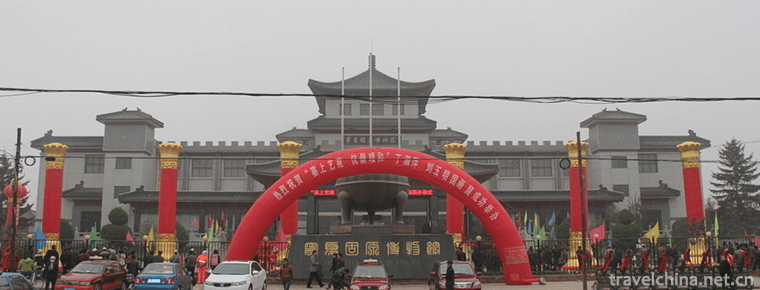
-
Mount Longhu Scenic Area
Located in Yingtan City, Jiangxi Province, the Longhu Mountain Scenic Area is 18 kilometers away from the city center. It consists of six scenic spots: Xianshuiyan, Longhu Mountain, Shangqing Palace.
Views: 178 Time 2018-12-08 -
Baili Rhododendron Scenic Area in Bijie City
Bijie Baili Rhododendron Scenic Area is located in the northwest of Guizhou Province and the central part of Bijie City. It belongs to the Baili Rhododendron Management Area of Bijie City..
Views: 218 Time 2018-12-12 -
Jiulushan Waterfalls Scenic Spot
JiuRushan Waterfall Group Scenic Area - National AAAA Class Scenic Area and National Forest Park, located in Xiying Town, Jinan City, Shandong Province, is the source of Jinxiuchuan Reservoir.
Views: 204 Time 2018-12-22 -
Beijing Ocean Hall
Beijing Ocean Hall, located on the North Bank of Changhe River in Beijing Zoo, is adjacent to Beijing Exhibition Hall, Astronomical Museum and Capital Stadium in the south. It covers an area of 120,00.
Views: 112 Time 2018-12-26 -
Seoul Lake Park
Seoul Lake Park is located in Weiyang District of Xi'an City, Shaanxi Province. It is 200 meters west of the cross of Fengcheng 4th Road and Zhuhong Road. It was originally the Unity Reservoir .
Views: 123 Time 2019-01-13 -
Western Fujian drama
Western Fujian Han Opera, formerly known as "Waijiang Opera", also known as "Ran Tan", is one of the local operas in Fujian. He was born out of foreign operas, absorbed Hakka diale.
Views: 204 Time 2019-06-05 -
nuo dance
In the traditional Chinese civilization, "Nuo" is a social and cultural phenomenon with strong religious and artistic color, which has a long history and is widely popular in the Han nationa.
Views: 146 Time 2019-06-08 -
Leather Paper Making Skills
Leather paper making is an ancient Chinese traditional handicraft. Paper making is one of the four great inventions in ancient China. Bamboo paper and leather paper made from bamboo and tussah bark ar.
Views: 88 Time 2019-06-09 -
Qingxu Caimen Building
Qingxu Caimen Tower is a local traditional handicraft in Qingxu County, Shanxi Province. Xu Caimen Tower in Qing Dynasty is said to have originated in Tang Dynasty. During the festival, people gathere.
Views: 144 Time 2019-06-11 -
Deep Drilling and Drawing Techniques of Salt in Zigong Well
Zigong well salt deep drilling technology, the local traditional technology of Zigong City, Daying County, Sichuan Province, one of the national intangible cultural heritage..
Views: 226 Time 2019-08-16 -
Beijing University Of Chemical Technology
Founded in 1958, Beijing University of Chemical Technology, formerly known as Beijing Institute of Chemical Technology, is a high-level university founded by New China for "training advanced chem.
Views: 142 Time 2019-09-06 -
Genghis Khan Cheng Ji Si Han
He was a Jin Jin. He was from May 31, 1162 to August 25, 1227. Yeke Mongghol Ulus Khan, outstanding in world history. Politician , Militarist.
Views: 147 Time 2019-09-07

